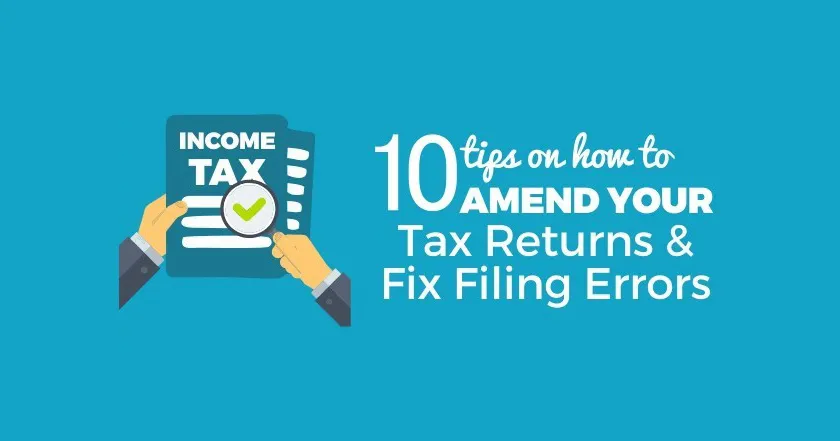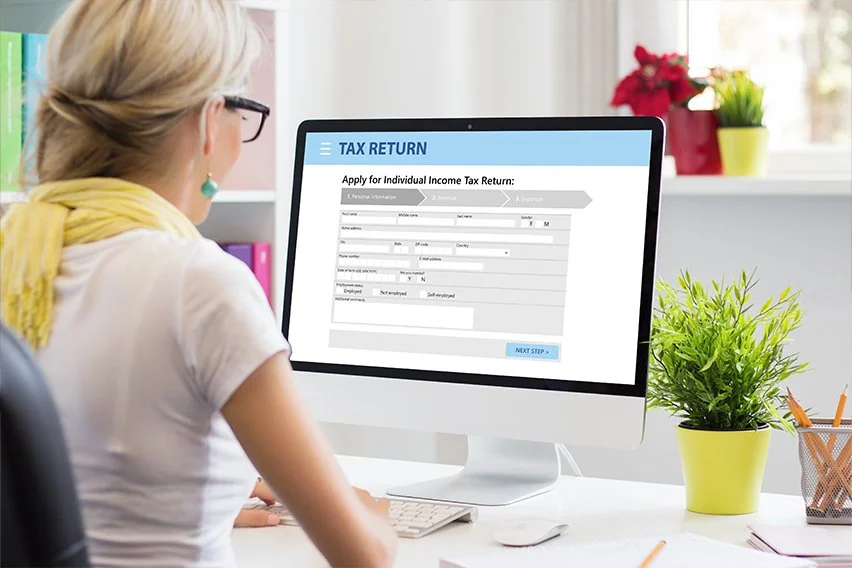Amending your taxes may sound intimidating, but it doesn’t have to be. A tax amendment is your chance to correct mistakes, claim overlooked deductions or credits, or adjust reported income. By filing an amended return properly, you can stay compliant with IRS rules, reduce liabilities, and even increase your refund. This guide explains what tax amendments are, when you should file one, and the steps to do it correctly.
What Is A Tax Amendment?
A tax amendment refers to the process of making changes to a tax return that has already been filed. This could involve correcting errors, updating personal information, or adjusting income and deductions due to overlooked or new information.
Why Amend a Tax Return?
Common reasons for amending a tax return include:
- Correcting filing status: For instance, changing from single to married filing jointly.
- Adjusting income reported: This might include reporting additional income from a W-2 or 1099 form that was received late.
- Claiming additional deductions or credits: Such as educational credits or deductions for charitable donations not claimed originally.
- Correcting errors in dependents claimed: Either adding a dependent not previously claimed or removing one incorrectly claimed.
How To Amend A Tax Return
Step 1: Gather Original Documents
Locate your original tax return and any new or corrected documentation (e.g., revised W-2s, receipts, 1099s).
Step 2: Identify the Correct Form
- Individuals: Use Form 1040-X to amend a federal individual tax return.
- Sole Proprietors & Single-Member LLCs: Amend using Form 1040-X and update the Schedule C.
- Partnerships: Use Form 1065-X to correct a previously filed partnership return.
- S Corporations: Amend using Form 1120S-X.
- Corporations: File Form 1120-X to amend a C corporation’s return.
Step 3: Complete the Amendment Form Accurately
Each amendment form typically requires:
- The tax year being amended
- Original reported amounts
- Corrected figures
- Explanation of changes
Step 4: Include Supporting Documentation
Attach any relevant documents that support your amendments—updated tax forms, receipts, corrected income statements, etc.
Step 5: Submit the Amendment
Check whether your form can be filed electronically or must be mailed. While Form 1040-X can often be e-filed, other amendments may require paper filing.
Step 6: File State Amendments Separately
If your changes affect state taxes, file a separate amended return with the appropriate state tax agency.
Step 7: Monitor Your Submission
Use the IRS “Where’s My Amended Return?” tool to track the status of your federal amendment. Processing may take up to 16 weeks.
Tips For A Smooth Amendment Process
- Keep detailed records of what was changed and why
- File within the IRS’s time limit: within three years of the original return or two years of the date taxes were paid (whichever is later)
- Pay any additional taxes owed immediately to reduce penalties and interest
- Consult a tax professional to avoid errors and ensure proper handling
Key Takeaways
- A tax amendment corrects errors or updates a previously filed return for
individuals, small businesses, or corporations - Use Form 1040-X for individual returns; corporations and partnerships use specialized forms
- Common reasons to amend include reporting missed income, adjusting
deductions or credits, and correcting personal or filing information - Attach all supporting documentation and monitor the amendment’s processing status
- Filing timely and accurately can help avoid penalties and secure any additional refunds
Frequently Asked Questions
When should I file a tax amendment?
File as soon as you identify a mistake or receive updated financial documents. The IRS allows up to three years from the original filing or two years from tax payment.
Can I amend a return if I missed a deduction or credit?
Yes. You can amend a return to claim missed deductions, such as education credits, business expenses, or charitable contributions.
Does amending a return trigger an audit?
Not necessarily. While amendments can prompt IRS review, accurate and well documented changes are unlikely to raise red flags.
Can I file an amended return online?
Form 1040-X can often be filed electronically for recent tax years. Other amendment forms may require paper filing. Check current IRS guidelines.
What happens if my amendment leads to a refund?
Refunds from amended returns typically take 8–16 weeks to process. Use the IRS tracking tool Where’s My Amended Return? to track updates.





